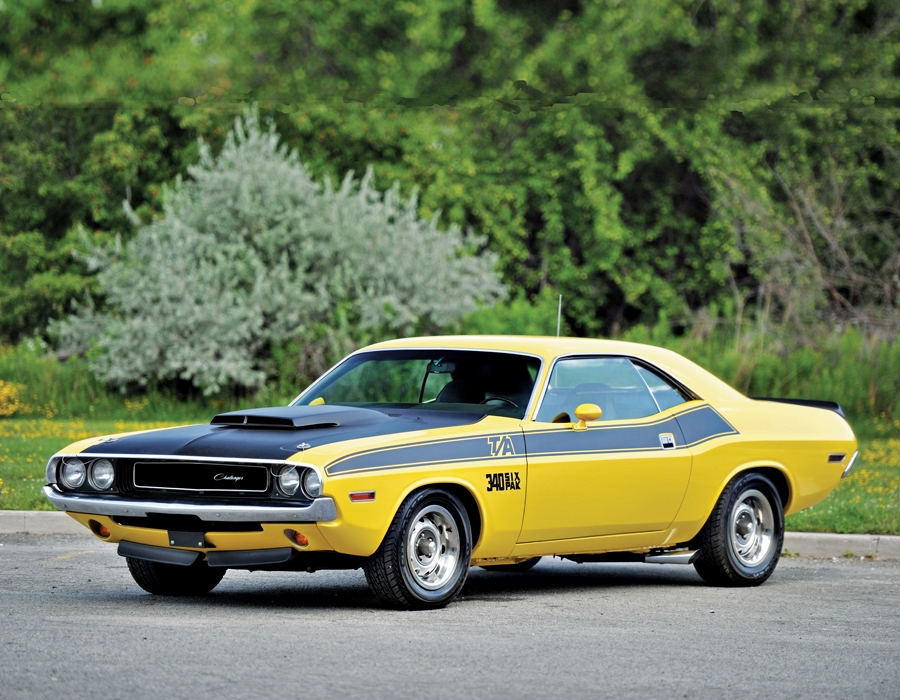Chassis Number: JH23JOB299196
Featured only in 1970, the Dodge Challenger T/A (Trans Am) was a racing homologation car. In order to race in the Sports Car Club of America’s Trans-Am American Sedan Championship, Dodge built a street version of its race car, which it called the Dodge Challenger T/A.
This is one of 2,399 total Challenger T/As, presented in its original as-built color combination. This fully restored T/A Challenger features correct options as decoded by the VIN. It’s rare, as one of 989 complete with factory-option Hurst pistol-grip 4-speed transmission. Its matching-numbers engine is confirmed by documentation.

